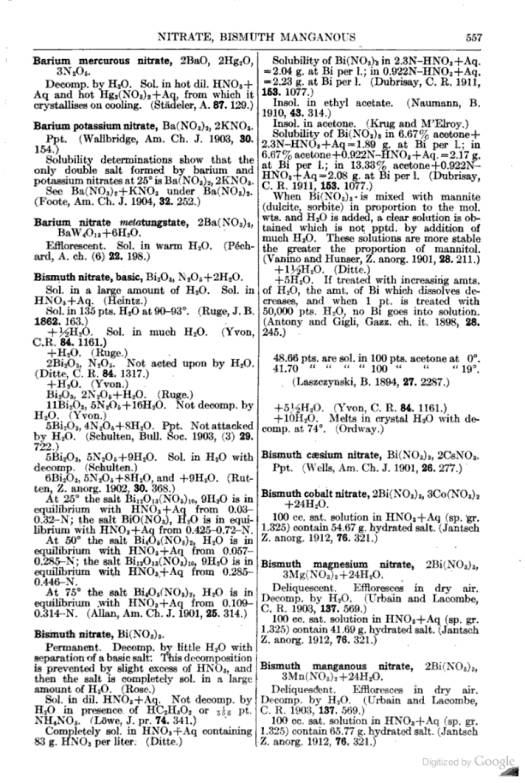
| Quote: |
| Quote: |
| Quote: |


| Quote: |



| Quote: |





 What happened here?
What happened here?
 ).
). | Quote: |
 so there are no guarantees .
so there are no guarantees .| Quote: |

 ,
, , which is
, which is| Quote: |
| Quote: |
| Quote: |
 , where
usually what would be black is now lightly colored or clear
, where
usually what would be black is now lightly colored or clear  This is great
news and it means the
This is great
news and it means the

 , it
definitely can be used . This is the exception I should have mentioned before .
, it
definitely can be used . This is the exception I should have mentioned before .
 ) will be .
) will be . )
) .
. 
 . I suppose what probably happens
. I suppose what probably happens
| Quote: |


| Quote: |







